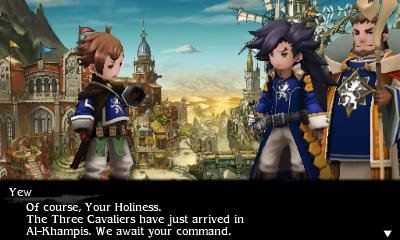For The Gravy!… wait, what?
For classic JRPG gamers who grew up with NES or SNES-era Final Fantasy titles, a title like Bravely Default or Bravely Second is something of a nostalgic godsend: take what was fun about the legendary JRPGs of yesteryear, tweak the formula juuuuuust slightly by adding what feels like a bonehead-obvious layer of depth, and create a Final Fantasy-ish world around it with cartoony characters and lighthearted quirks. On the surface, to recapture that childish feeling of “OHMYGOD, SO COOL,” that would do the trick, right?
In practice, it's even better than that. Bravely Second is (wait for it!) the second game in the Bravely series, with a few characters returning from the previous Bravely Default while still holding its own (but the first is great too). The story takes place a few years after the events of the first game, when peace has settled back into the world, until the evil and unknown Kaiser kidnaps one of your heroes from the previous game, Agnès, the pope of Luxendarc. It starts off like something of a cliché in that “gotta save the (insert important figure here)” sort of way, but after a sudden-but-inevitable betrayal, protagonist Yew is forced to find himself a new team of warriors—including the legendary hero Tiz from the previous game—to roam the continents and row the seas in the search.
The story is a bit straightforward—gotta stop the evil dictator from taking control of the whole world, and save the Pope of that world—where your party must explore across multiple continents of the world, fighting a wide variety of monsters. The most noteworthy fights involve the holders of the so-called “asterisks," which when defeated allows you to take on another character class in battle. So for example, once you have defeated the holder of the Wizard asterisk, you can use the specific abilities and spells that come along with it or buy spells that can power you up further. But what sets it apart is that those asterisks are selected one at a time by choosing a moral path… one that doesn’t usually come with a clear answer of what’s right or wrong, and ends up impacting the way you approach the game and individual characters throughout.
Luxendarc itself is beautiful, like "high-quality pop-up book" beautiful. Instead of three-dimensional buildings or a flat backdrop, each part of the world (most notably the inside of towns) is intricately drawn and layered to move at its own pace along with your character. Entering a town shows at first the full scope of what’s there—even if there’s no way to access certain spaces—which only adds to the depth of feeling that these are “realistic” storybook locales, while locations like forests and caves are in clean 3D from an angle that almost makes them look hand-drawn. Characters are all highly stylized and reminiscent of Theatrhythm with a both colorful and minimalist appearance, and they blend into the world like they belong.
The story itself is fully voice-acted, as are the side-mission asterisk hunts. This is fine and good, but the voices range anywhere between “nicely done” and “cheesier than a good Kraft dinner.” The dialog itself runs the gamut so that’s part of the deal, but while some is perfectly acceptable in its cheese factor—one character’s “mrgrgr” is actually spoken aloud as “mer-ger-ger” in anger—some sections felt phoned in. It’s not overwhelmingly bad or terrible, but it just pulls the player out of the experience and/or the comedic timing from time to time along the story sections. That Kaiser, for example, reminds me of a dubbed bad guy in an '80s kung fu movie. But silly catchphrases, like Yew's “for the gravy” or another character, Magnolia, occasionally slipping some French into the conversation—mixed with the overall feel that it doesn’t take itself too seriously—makes this issue a minor blip on the radar.
Looking and sounding good is fine, but the reason this is a highly-touted series is its battle system, and like I said before, the adjustment is a “why didn’t we think of that” no-brainer. The only major difference between Bravely and every other JRPG is the addition of the ability to “save” attack or defense turns. If you decide on any given character to “Default,” meaning to simply defend on a turn, you can then use that “saved” turn to attack more than once on the following turn. Or, if you’re gutsy, you can use up to four turns at once and all-out cobber some poor bastard that’s stepped up to you.
Every turn you earn a Brave point to use, so saving them will let you block and attack, or you can use points you haven’t earned yet to unleash a barrage right then and there. In a pinch, you can even use one of those turns to summon a “friend” character you’ve “met” by uploading your data. When you’re in desperate trouble (or just want to, even in boss battles), it can be satisfying to call in someone that you know will leave a world of hurt by way of damage.
That’s all carried over from the previous game. This time, mixing and matching skills in certain classes can allow for some on-the-fly feats of strength. If you know an enemy is weak against fire, and you’re willing to expend a few extra magic points to put them down quicker, you can add the "Dart" skill to it for a singularly-pointed flame that can inflict massive damage. Using the right combo on the right set of opponents can clear out the larger groups or more powerful single enemies with ease, but at a cost: mixing will cost an extra turn and more MP in one go, sometimes to an exasperating (but satisfying) degree.
Battle-rich environments are designed with over- and under-movement in mind, packing more space and spatial depth into a smaller location. (Ever ride Space Mountain? it’s smaller than it looks.) This isn’t unique to Bravely, as easy on the eyes as it is, and it’s not particularly complex or intricate, but once you add the 3D capabilities, it looks fantastic. And since you can actually turn off random encounters entirely if you’d like, as well as increase their likelihood, the exploration of such locales is even easier to do if you decide to rush through (though at the loss of money and experience). Those bosses do require you to train yourself up, so it’s best to not turn off the encounters very often, but it’s ideal for exploring previously-dominated locales without being swept up in low-reward fights with enemies you’ve long since overpowered.
And after all of that, it’s not even the “full” game experience! There are two different mini-games that can be jumped into on the fly at any time: Chompcraft, a sort of stuffed animal-inspired version of Cookie Clicker; and a sort of defense game set on the moon, which requires players to level up different areas. Here, you need to build bio-plants for food and weapon developers for a more powerful arsenal, then defend the base from the Ba’als—the massive and powerful demon foes responsible for part of your team joining Yew and crew in the first place. So I guess you should be thankful, yeah?
While the moon game is engaging for splitting up your “people” to develop each area of research, “Chompcraft” can be insanely addictive… all you’re doing is watching people make toys, then selling the toys, then using the money to beef up their quality of likelihood of rarity. That’s it. But damn, it’s engaging when you can score a million-plus bucks! (And it can feed some of that currency back into your pockets, so it’s not a throwaway or anything. Which helps, because otherwise it’s a very easy waste of time.)
If this all sounds pretty good to you, but you’re not ready to commit the cash up front just yet, the demo is free and while story-wise it’s not applicable to the full release, the side story The Ballad of the Three Cavaliers offers a robust introduction into the major mechanics of the experience. Beginnings as a series of tests to help citizens fulfill quests you can level up different classes, swap at will those jobs and techniques, the story uses existing characters to tell a separate tale of deception and exploration. There are a handful of already-unlocked jobs to switch and explore with, and while leveling them up won’t carry over to the full purchase via a borrowed save, it gives the battle system and storytelling quirks a fine introduction.
So if you like classic RPGs, there’s no reason to avoid any of the Bravely games, and if you’re not sure about this one for some reason, download that free demo and get crackin’. It’s easy to pick up for a bit (even if just for “Chompcraft" on the loo) and play a few minutes, or play through an afternoon with. Or for nostalgia’s sake, you can sit super-close to your old console TV with your nose practically on the screen to relive those JRPG glory days.
Copy provided by publisher. Exclusive to Nintendo 3DS.
-
Battle system is so easy, yet adds a full layer for true risk/reward
-
Story with characters worth rooting for
-
Colorful characters, beautiful environments, classic soundtrack
-
Side-games are worth playing!
-
Voice-acted sections can be pretty cheesy
-
From 1-10 on the Nostal-Jo-Meter, this is adorable.
bravely-second-end-layer
-
bravely-second-end-layer #1
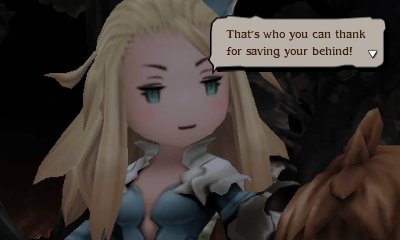
-
bravely-second-end-layer #2
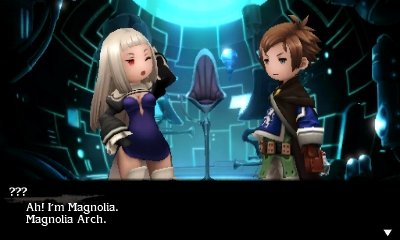
-
bravely-second-end-layer #3
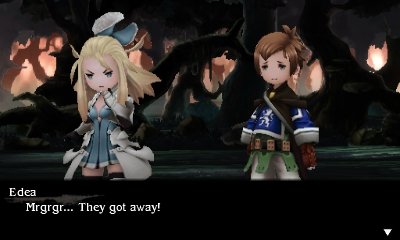
-
bravely-second-end-layer #4
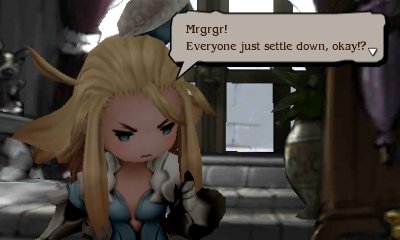
-
bravely-second-end-layer #5
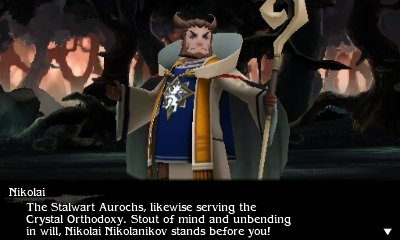
-
bravely-second-end-layer #6

-
bravely-second-end-layer #7
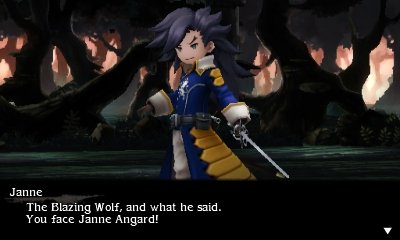
-
bravely-second-end-layer #8
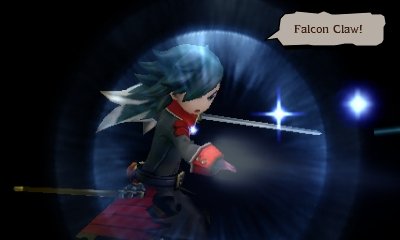
-
bravely-second-end-layer #9
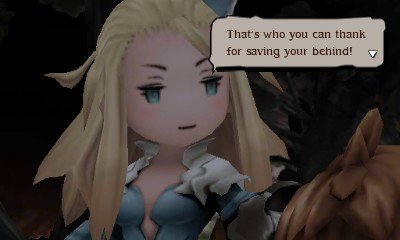
-
bravely-second-end-layer #10
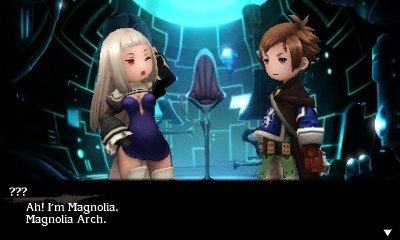
-
bravely-second-end-layer #11
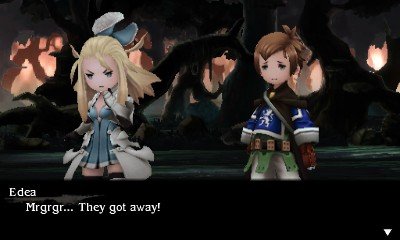
-
bravely-second-end-layer #12
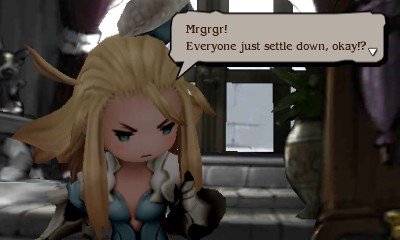
-
bravely-second-end-layer #13
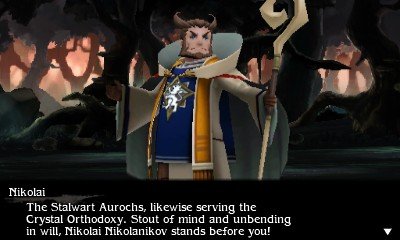
-
bravely-second-end-layer #14
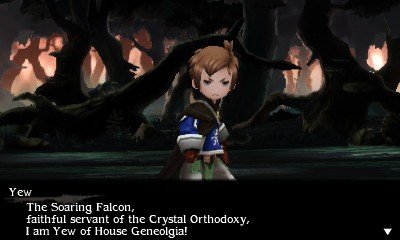
-
bravely-second-end-layer #15
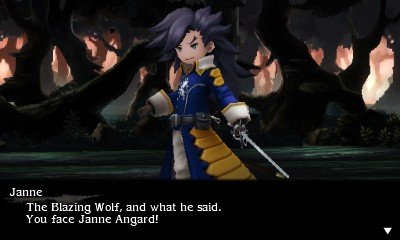
-
bravely-second-end-layer #16
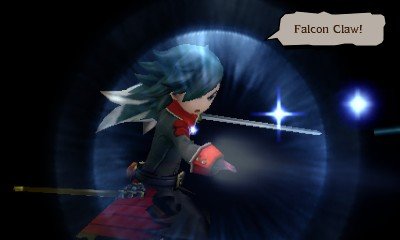
-
bravely-second-end-layer #17
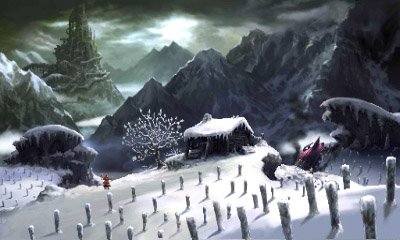
-
bravely-second-end-layer #18
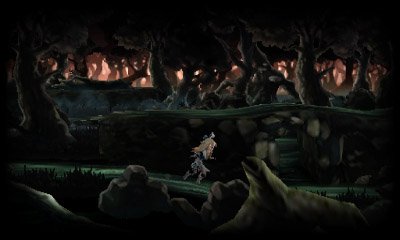
-
bravely-second-end-layer #19
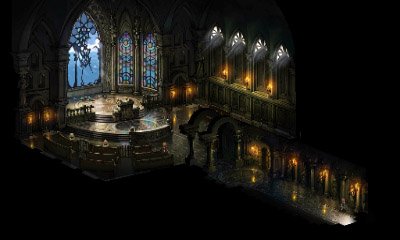
-
bravely-second-end-layer #20
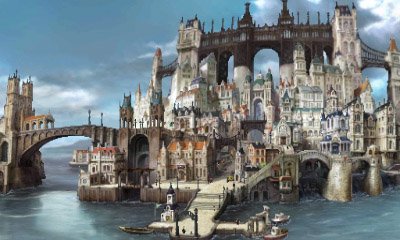
-
bravely-second-end-layer #21

-
bravely-second-end-layer #22
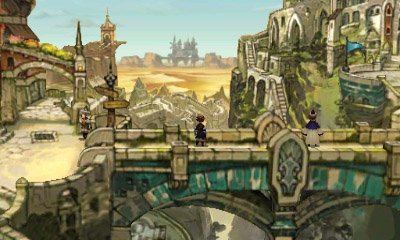
-
bravely-second-end-layer #23
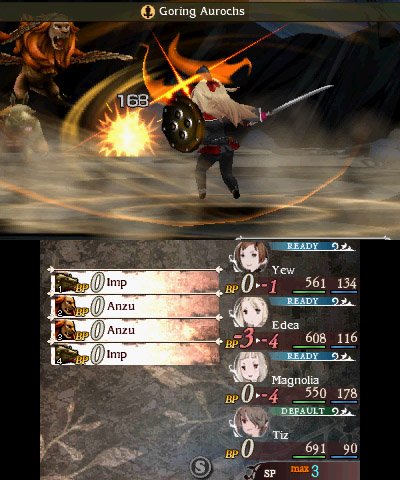
-
bravely-second-end-layer #24
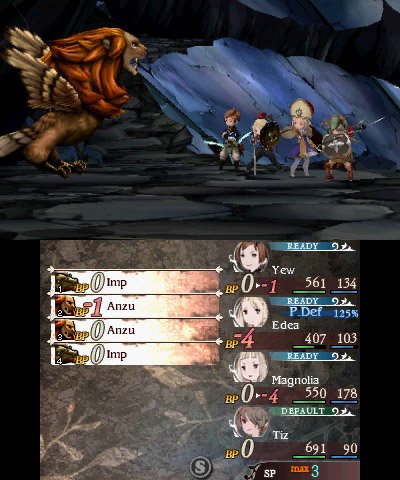
-
bravely-second-end-layer #25
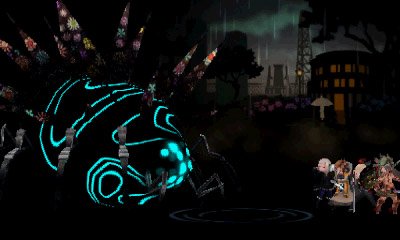
-
bravely-second-end-layer #26
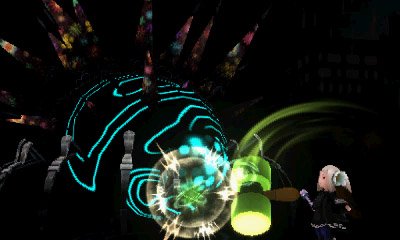
-
bravely-second-end-layer #27
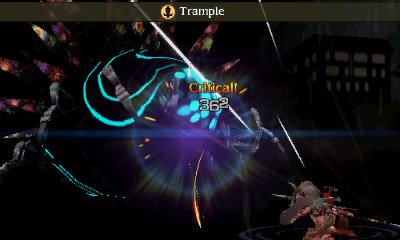
-
bravely-second-end-layer #28
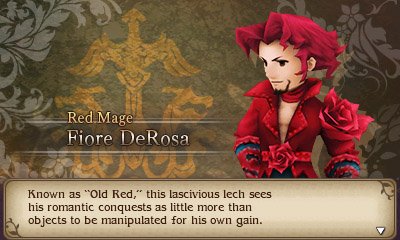
-
bravely-second-end-layer #29
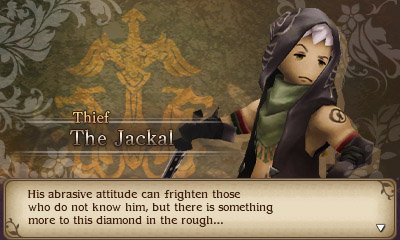
-
bravely-second-end-layer #30
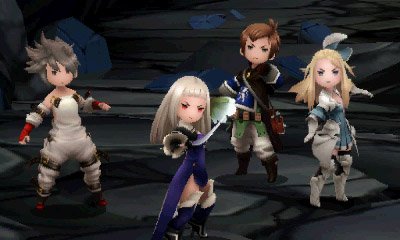
-
bravely-second-end-layer #31
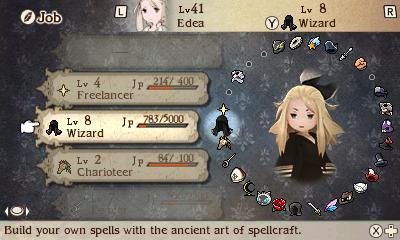
-
bravely-second-end-layer #32
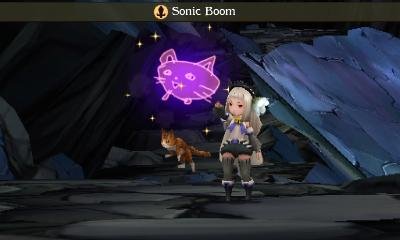
-
bravely-second-end-layer #33
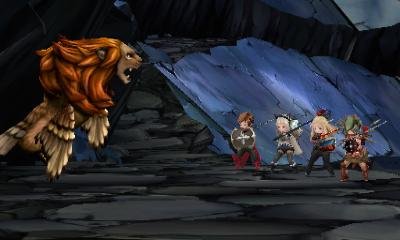
-
bravely-second-end-layer #34
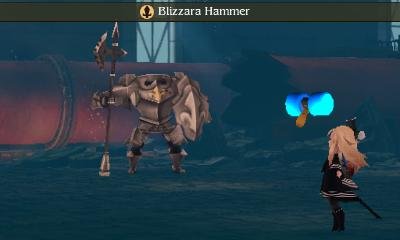
-
bravely-second-end-layer #35
